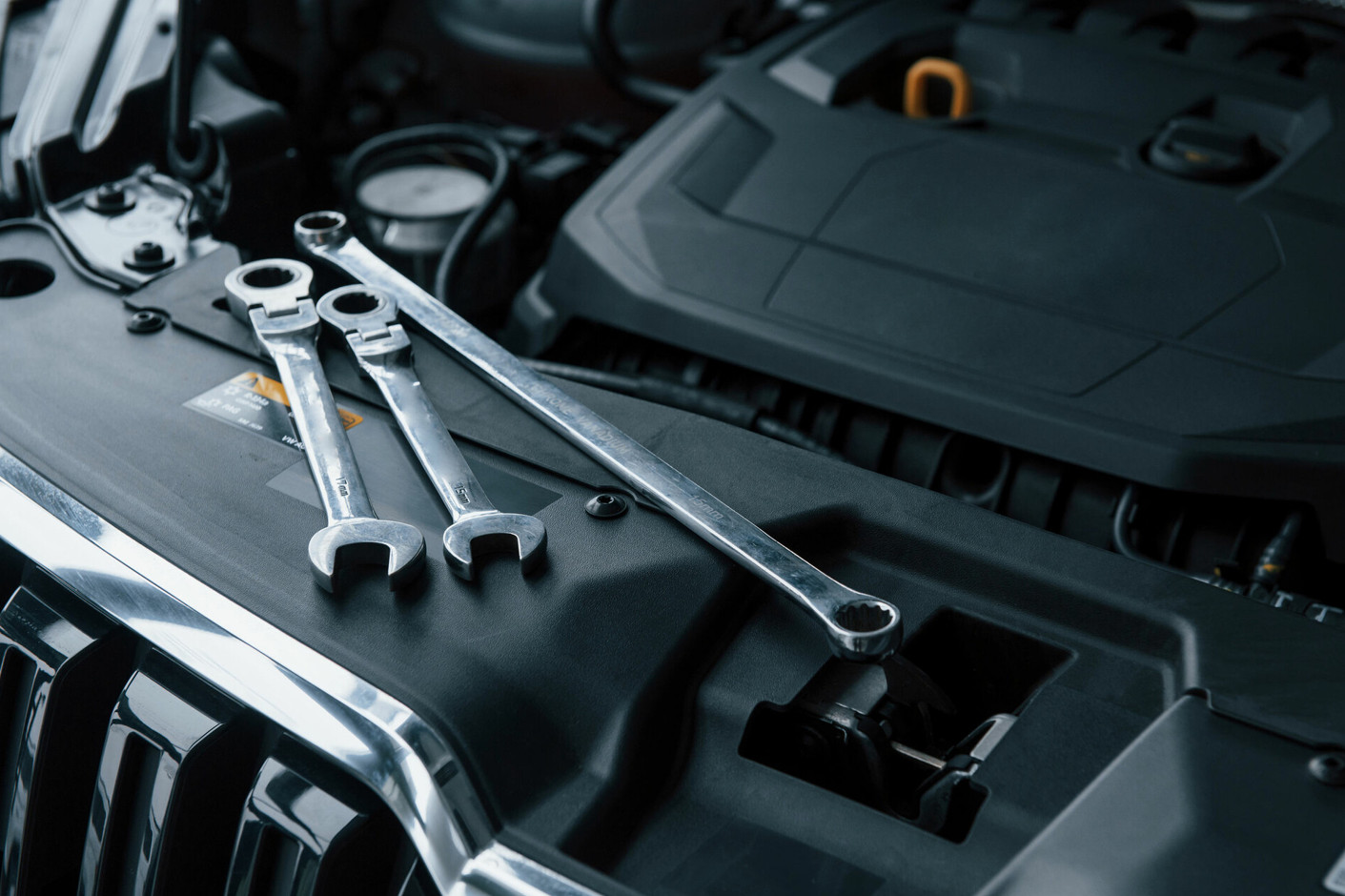Adjustable wrenches and pipe wrenches have long been recognized as effective solutions for mechanical repairs, plumbing, and construction. Due to their ability to adjust jaw width, they are extremely versatile, allowing a single wrench to fit various sizes of nuts, bolts, and pipes. Their practicality and durability have made them indispensable tools for both professionals and DIY enthusiasts. Each type of wrench serves a unique function and offers distinct benefits.
Crescent Wrench
The most commonly recognized adjustable wrench is often referred to as a 'Crescent wrench.' This term is now used generically to describe any adjustable wrench, though it originally referred to a specific brand. The Crescent Tool Company first produced the Crescent wrench in 1907, and the name has since become synonymous with all adjustable wrenches, similar to how brands like Kleenex or Band-Aid have become generic terms for their respective products.
The Crescent wrench was not the first adjustable wrench made, as earlier versions existed before the Crescent brand introduced its popular tool.
Earlier Renditions: Screw Wrench and Monkey Wrench
One of the earliest forms of an adjustable wrench was the screw wrench, where the jaw width is adjusted by turning a screw; this basic concept dates back to the 1840s. Another early example, similar in function and also predating the Crescent wrench, is the monkey wrench. It was a 19th-century American refinement of 18th-century English coach wrenches and was widely used in the 19th and early 20th centuries.
Monkey wrenches are particularly useful for heavy-duty tasks where a robust tool is required. They are less common today, having been largely replaced by more modern adjustable wrenches, such as the Crescent wrench, which are generally lighter and easier to adjust.
More broadly, the term "monkey wrench" is often used to refer to a pipe wrench or any other kind of adjustable wrench.
Self-Adjusting Wrench
A self-adjusting wrench features a mechanism that allows the jaws to automatically adjust to the size of the bolt or nut, eliminating the need for manual adjustment. As the handle is pressed to turn the wrench, the jaws grip onto the object being turned.
Pipe Wrenches for Plumbing
Pipe wrenches use self-tightening serrated jaws to grip round surfaces. When torque is applied, the wrench increases its grip force, preventing slippage. This feature is crucial for working with rounded surfaces like plumbing pipes. The jaws are typically made from hardened steel, while aluminum-bodied versions offer a lighter alternative without compromising strength. For handling plastic piping, strap wrenches are recommended to prevent surface damage.
You should avoid using serrated pipe wrenches on soft metals like copper, which can cause deformation. If using a pipe wrench on softer materials, you can place a softer material like cloth or thin cardboard around the pipe before turning. The pipe wrench will still maintain a strong grip on the pipe but will not damage its surface.
Variations
Offset Pipe Wrench:
An offset pipe wrench is specifically designed for plumbing tasks where pipes are tightly spaced or near obstructions that make it difficult to maneuver a traditional straight wrench. Its jaw is set at an angle relative to the handle, allowing it to reach around obstacles more easily, such as under sinks, behind toilets, or within cramped utility spaces. The angled handle also provides additional leverage, which is especially helpful when dealing with rusted or tightly-sealed connections.
End Pipe Wrench:
An end pipe wrench features a unique head that is angled slightly more acutely than standard pipe wrenches, allowing it to be used around pipes that are close to perpendicular surfaces, in tight corners, or at the ends of pipes that protrude from a wall or other obstructions.
It is often used by professionals who frequently deal with pipe installations and repairs in challenging locations, such as in HVAC (Heating, Ventilation, and Air Conditioning) systems, where pipes often run close to structural elements of buildings.
Chain Pipe Wrench:
A chain pipe wrench is designed for gripping particularly large or heavy pipes, or when a traditional wrench can't get a good grip due to the pipe's size or finish. It consists of a long metal handle with a loop of heavy-duty chain at the end, which acts as the wrench's jaw. They are often used in the oil and gas industry, and for water and sewage systems where large and heavy pipes are common.






.png)







